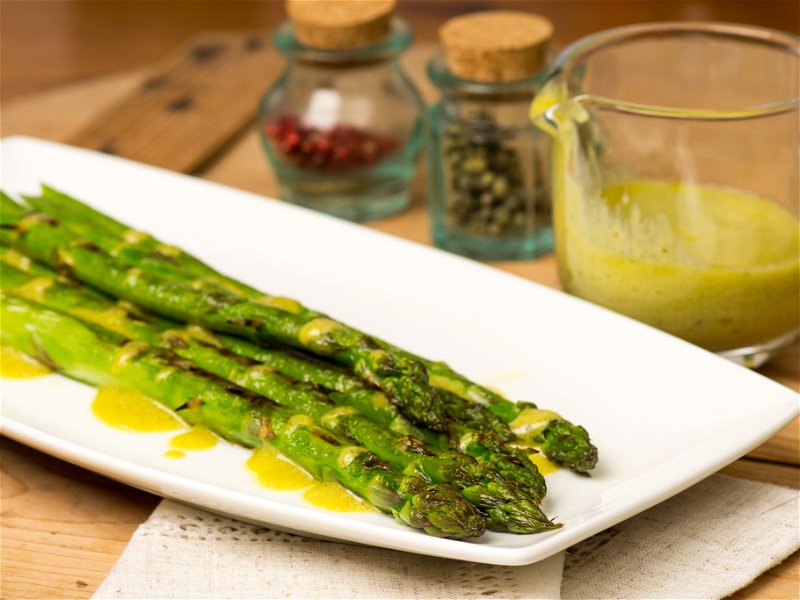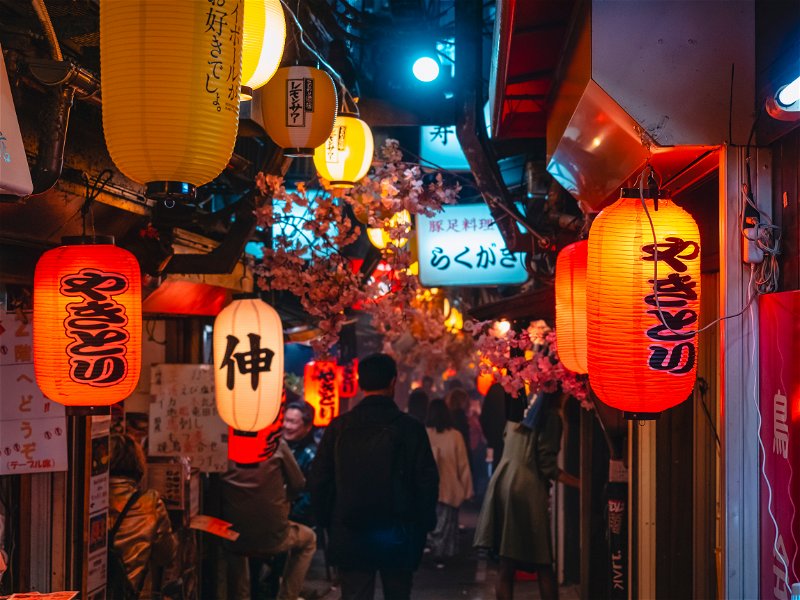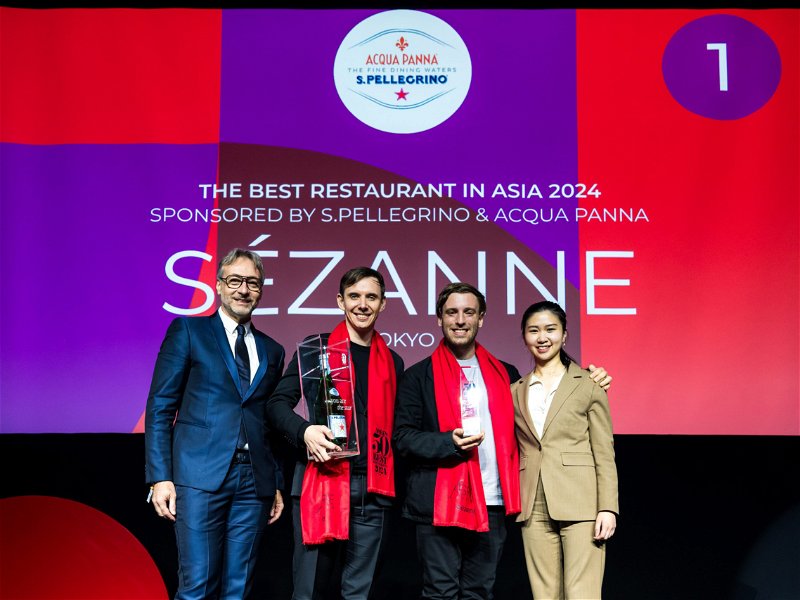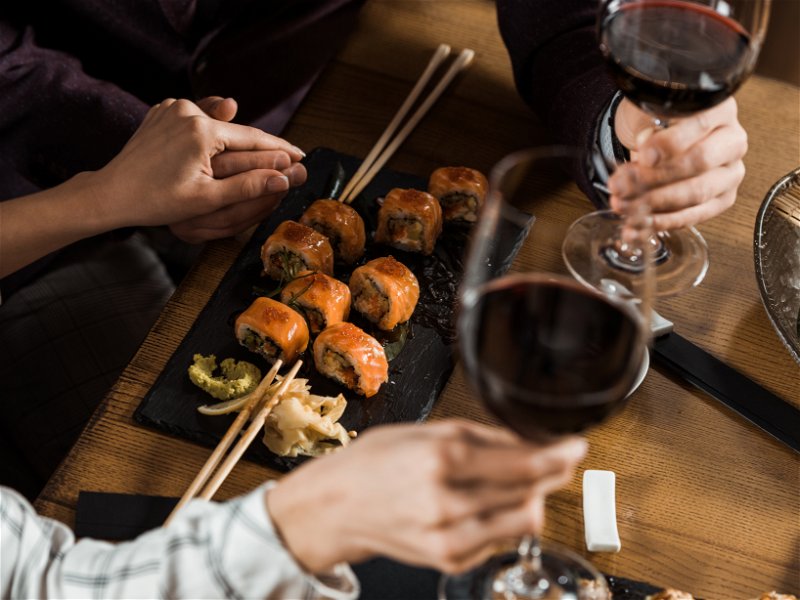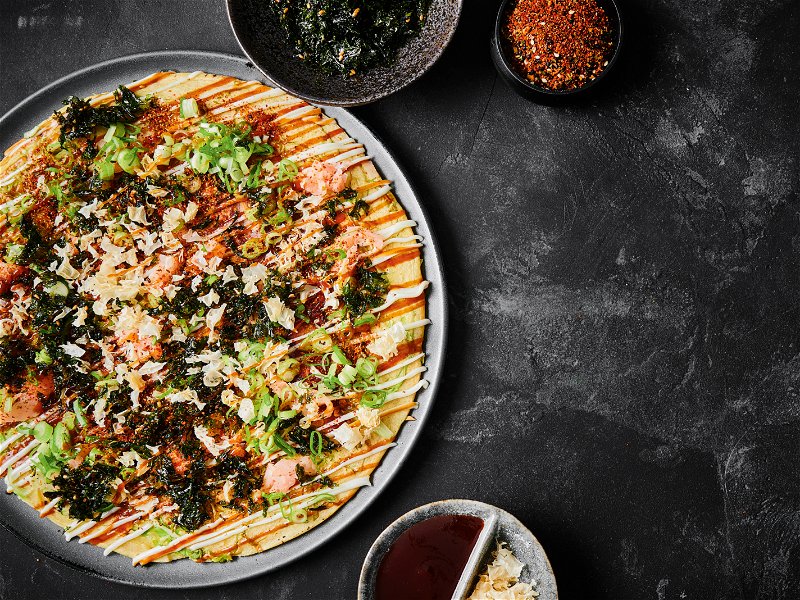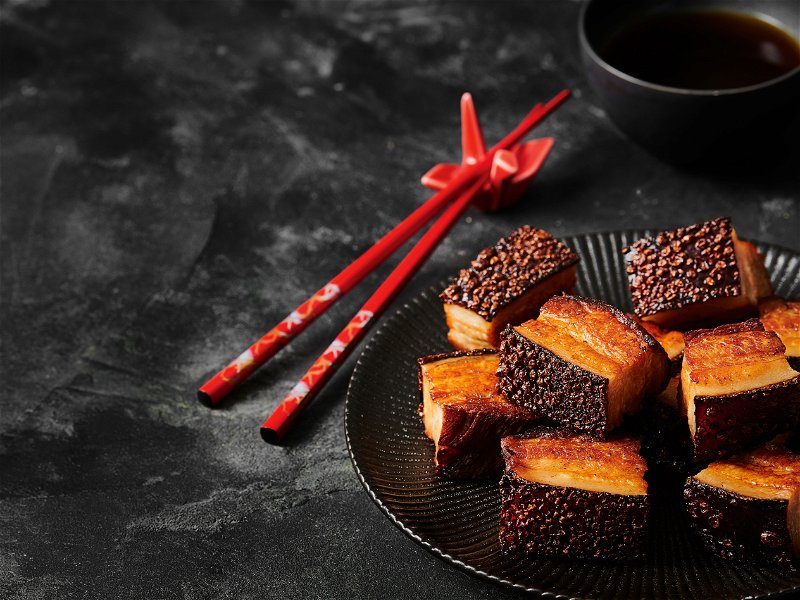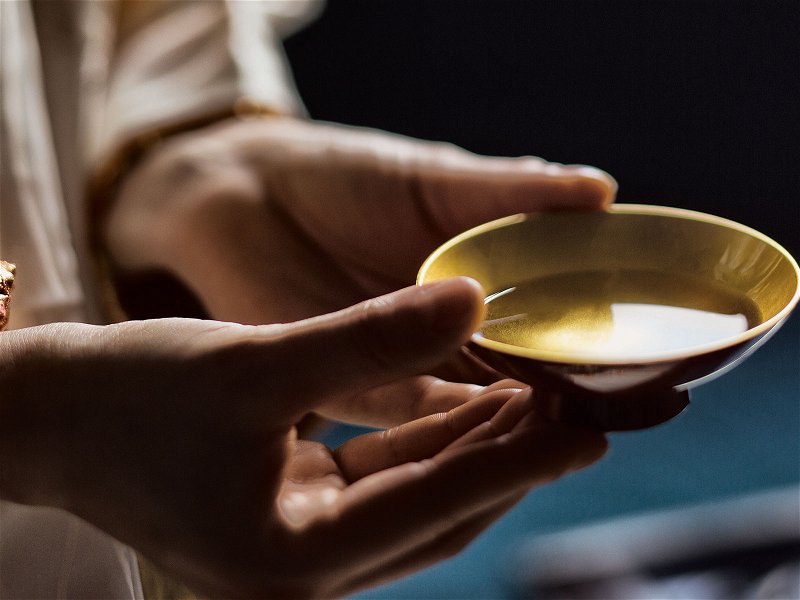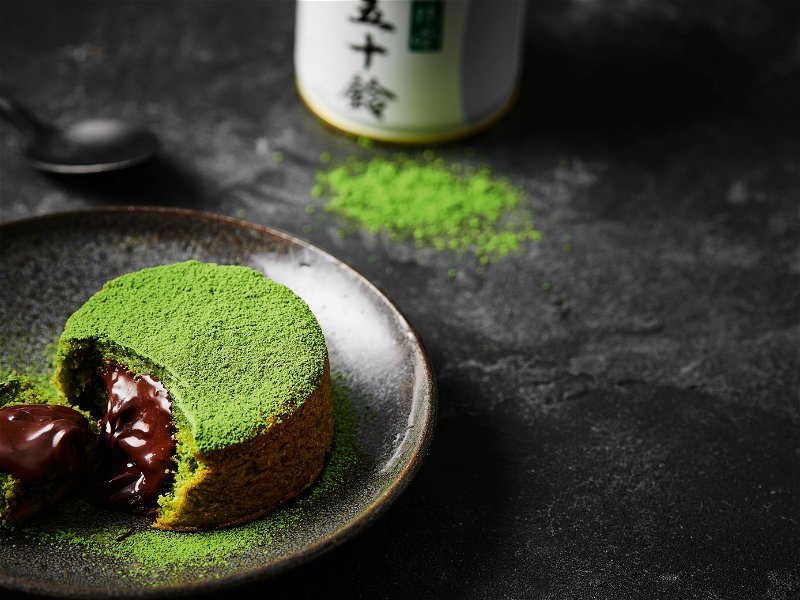On a knife-edge: the secret of the perfect Japanese blade
Japan's knives are not only considered the sharpest, but also the most beautiful blades in the world. Falstaff went in search of the secret of the »Hōchō«.
They glide through fibres like fish through water. Precise, cool blades, made to last. Or at least for the duration of a culinary career. We are talking about the works of art that are concealed behind such evocative names as Gyuto, Santoku or Yanagiba. But what makes Japanese knives so special?
If you believe Jiro Ono, probably the best sushi chef in the world, your knife is as much a part of your body as the hand it is in. In keeping with the samurai tradition, knives are regarded as almost animated partners in the art, each with its own speciality.
A chef's knife is not just a tool, but an extension of the chef's hand and heart.
- Jiro Ono (98), sushi master
The Gyuto, the standard "chef's knife" so to speak, is similar to the western chef's knife and can be used for slicing, chopping - in Asia the focus is on pressure cutting - and dicing meat, fish and vegetables. The Yanagiba is a much more specialised knife; its long, single-edged blade is used exclusively for making sashimi. Not to be confused with the deba, which is used for filleting fish, but with its broad and rather thick blade is much heavier than its slender sashimi sister.
However, the most famous (and probably most used) knife in western latitudes is the Santoku. A highly elegant all-purpose knife with a well-proportioned shape that impresses above all with the imposing look of the Damascus steel from which it is made. As it is rarely stainless, it requires considerably more attention in daily use, but its cutting geometry can also be ground to a finer edge, making Japanese knives some of the sharpest in the world.
For Damascus, harder and more flexible steels are forged into a blank, almost like the layers of a puff pastry, which then combines the properties of its components. The characteristic pattern is then exposed by sandblasting towards the end of the process. As a final touch, fine woods are used in the handle; deep black bog oak treated with synthetic resin or, hard to believe, mammoth ivory. This turns even newly manufactured knives into unique pieces with an almost museum-like character.
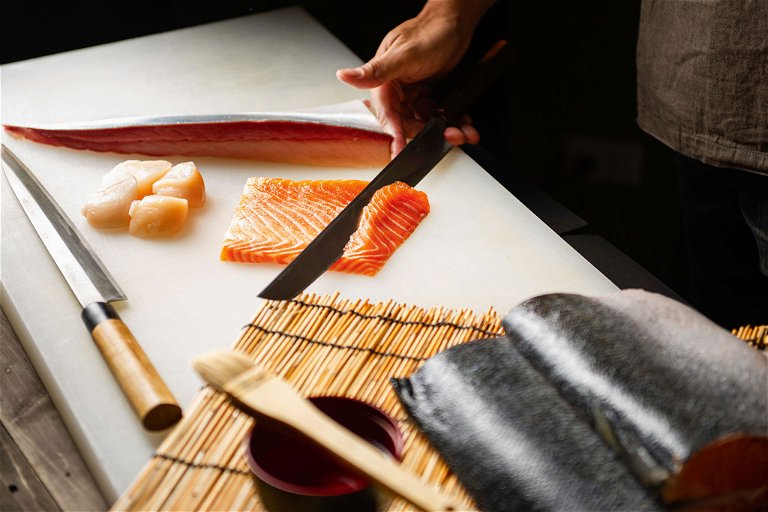
Inspired partners
They are treated just as carefully: in fact, chefs only really complete their training when they have not only mastered how to use the blades, but also how to care for them correctly. They are sharpened and cleaned, worn handles are oiled or replaced completely and the knives are stored with care. Some bear the initials of their "master" engraved on the steel.
The relationship with the tools goes so far that the knives are even attributed a part of their own soul through the intensive connection with the respective person - and what has a soul must of course be laid to rest accordingly at the end of its life. Once they have passed their zenith after years or even decades, they can be buried in a "Hocho Zuka" mound. There, the knives are consecrated, gratitude is expressed for the service, prayers are said for the prosperity of the business and promises are made to improve one's skills even further in the future - whereas in the west, a used knife ends up in the sink at best and in the dishwasher at worst.
Of course, this is not the case in haute cuisine. Some of the world's greatest chefs, from René Redzepi to Massimo Bottura, rely on Japanese forging. Preferably from Takamura Hamono in Echizen; the blacksmiths there spend ten years learning how to hammer, grind and finish the blades correctly. In Japan, it is said that it takes a lifetime to carve out a truly exceptional knife on the whetstone. "In Japanese cuisine, they say that you can tell the level of a chef's work just by looking at his knives," explains young chef Masaki Kurata from Tokyo.
It shows not only how carefully you handle the ingredients and tools, but also the technique and the attitude and approach to cooking. It reveals everything.
As transparent as the finest piece of sashimi.
Don't miss out!
Sign up now for our newsletter.


